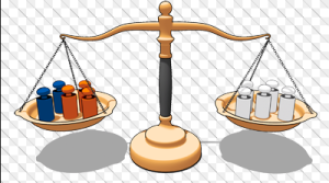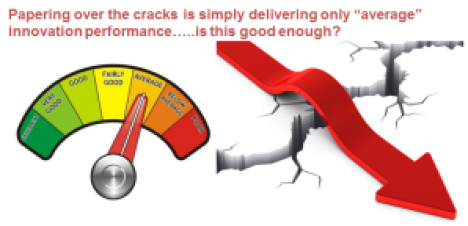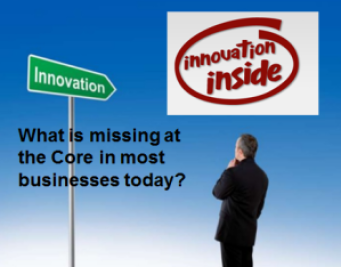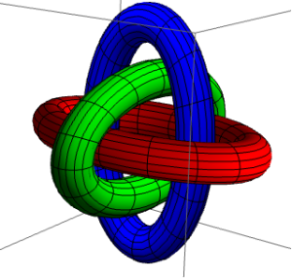 We all want innovation but often we take a ‘selected’ focus on the changes we are bringing about.
We all want innovation but often we take a ‘selected’ focus on the changes we are bringing about.
It is either in the external market place in new products, services and even new business models, yet we often ignore the amount of change we should be considering within our own organization.
As we ‘learn’ to innovate we ourselves change but often we are poor at recognizing these changes and the greater impact this might have on on all that is around us.
We miss opportunities to alter our processes, systems, structures or methods. We often fail to ‘advance’ in all the positive change innovation can bring.
We tend to ignore the change part of innovation
I believe we need to rethink this and evaluate the significant changes that should be taking place within our internal organizations as we expand our innovation activities.
Continue reading “The "C" change within innovation”








